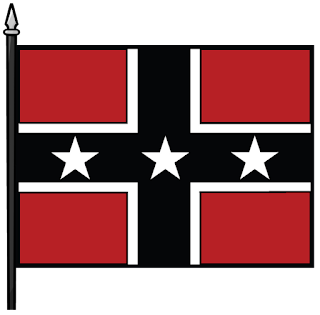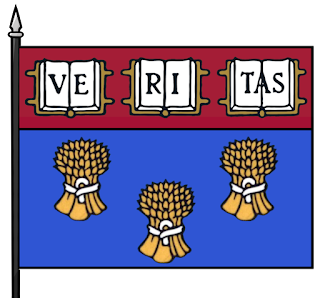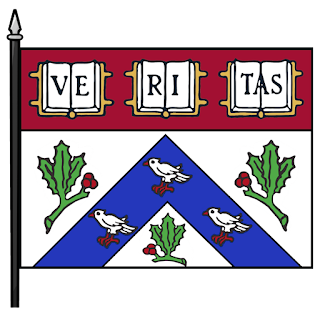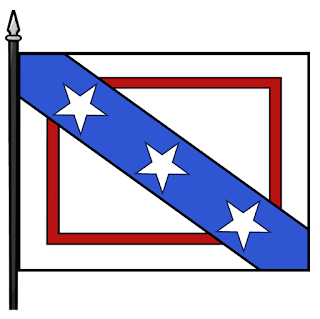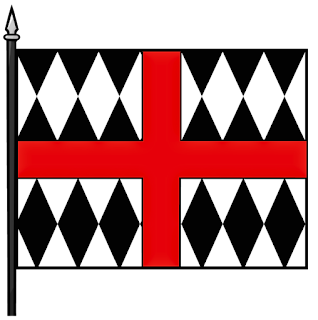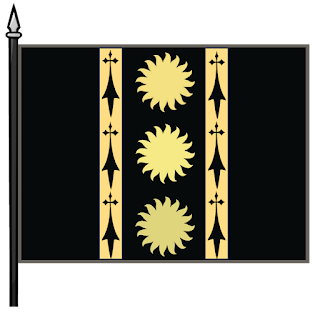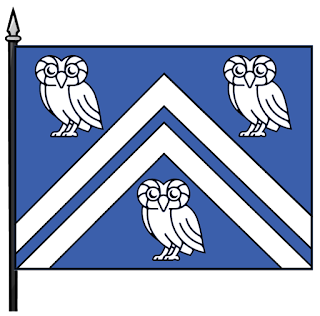 |
| Past recipients of the AHS Design Award Rendered by Chad Krouse, 2025 Click to enlarge |
In a sense, the American Heraldry Society believes something similar, accomplished through its Pierre de Chaignon la Rose Design Award. Here's my write up for the award that I use for the election.
"Established in 2006, the Society's annual award is named in honor of Pierre de Chaignon la Rose (1872-1941), the great American heraldic designer who led a revival in American heraldry during the early twentieth century. The purpose of the award is to encourage and support excellence in American heraldry by recognizing coat of arms that provide the bearer with a strong public identity embodying the best heraldic design of the highest form, function, and aesthetic.
"Nominees for the award represent corporate bodies from academic, military, civic, religious, or social organizations whose coat of arms exemplifies the best in heraldic design. The arms must have been designed in the United States. The designs are nominated by the Society’s membership; finalists are selected by the Board of Governors."
Fairly straightforward. To the point, I really like how we recognize those organizations proudly using their arms--most are rather surprised when they hear from us regarding such an award. I think its important to provide education regarding sound heraldry by recognizing those designs selected by the Society. Click here to see the AHS webpage for the design award.
Recently, I was asked to render all the past recipients so that we could add all the arms to our new website and maintain a consistent design--see above! Both la Rose and Col. Harry D. Temple have designs recognized by the award over the years. One of my alma maters, The School of Theology at The University of the South received the award in 2024. Click here to read about the 2024 recipient.
 |
| Arms of the Gov. John R. Rogers High School ROTC Rendered by Chad Krouse, 2025 |
The first recipient of the design award was Gov. Rogers HS ROTC, located in Pullyup, WA and whose arms were designed by the US Army's Institute of Heraldry in 1999.
Check out their blazon: Celeste a pile reversed dancette of three the pale enhanced Argent below and between two demi-rams salient combatant armed and unguled Gold Brown
 |
| Arms of the Shrine of Our Lady of Guadalupe Rendered by Chad Krouse, 2025 |
The arms of the Shrine of Our Lady of Guadalupe received the award in 2009 , and were designed by Professor Brian Abel Ragen of Southern Illinois University. The arms are blazoned: Tierced in chapé Vert and Argent a bunch of roses Gules leaved and slipped Vert.
 |
| Arms of the San Francisco Fog Rugby Club Rendered by Chad Krouse, 2025 |
Finally, a rather cool design, the arms of the San Francisco Fog Rugby Club received the Society's award in 2007. I like how the nebuly sort of resembles the famous fog in the Bay area. Designed by Pete Arden and blazoned: Barry nebuly of six Argent and Azure, on a bend Sable three mullets of the first.









%20(2).png)















.png)










.png)



.png)

.png)
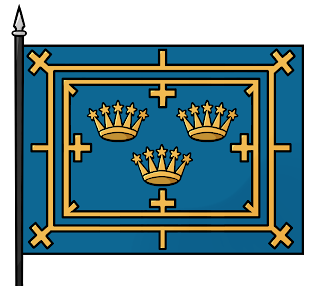
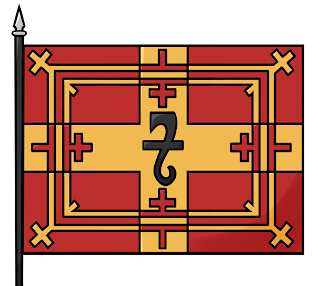
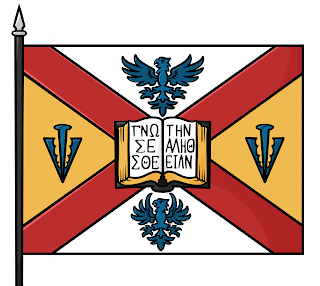
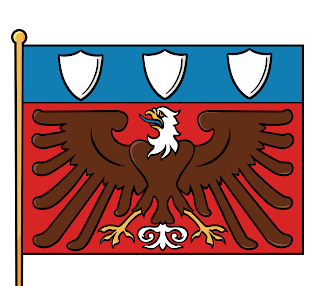
.PNG)
.PNG)
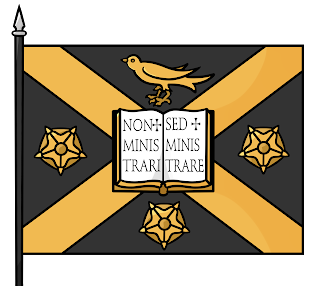
.png)
